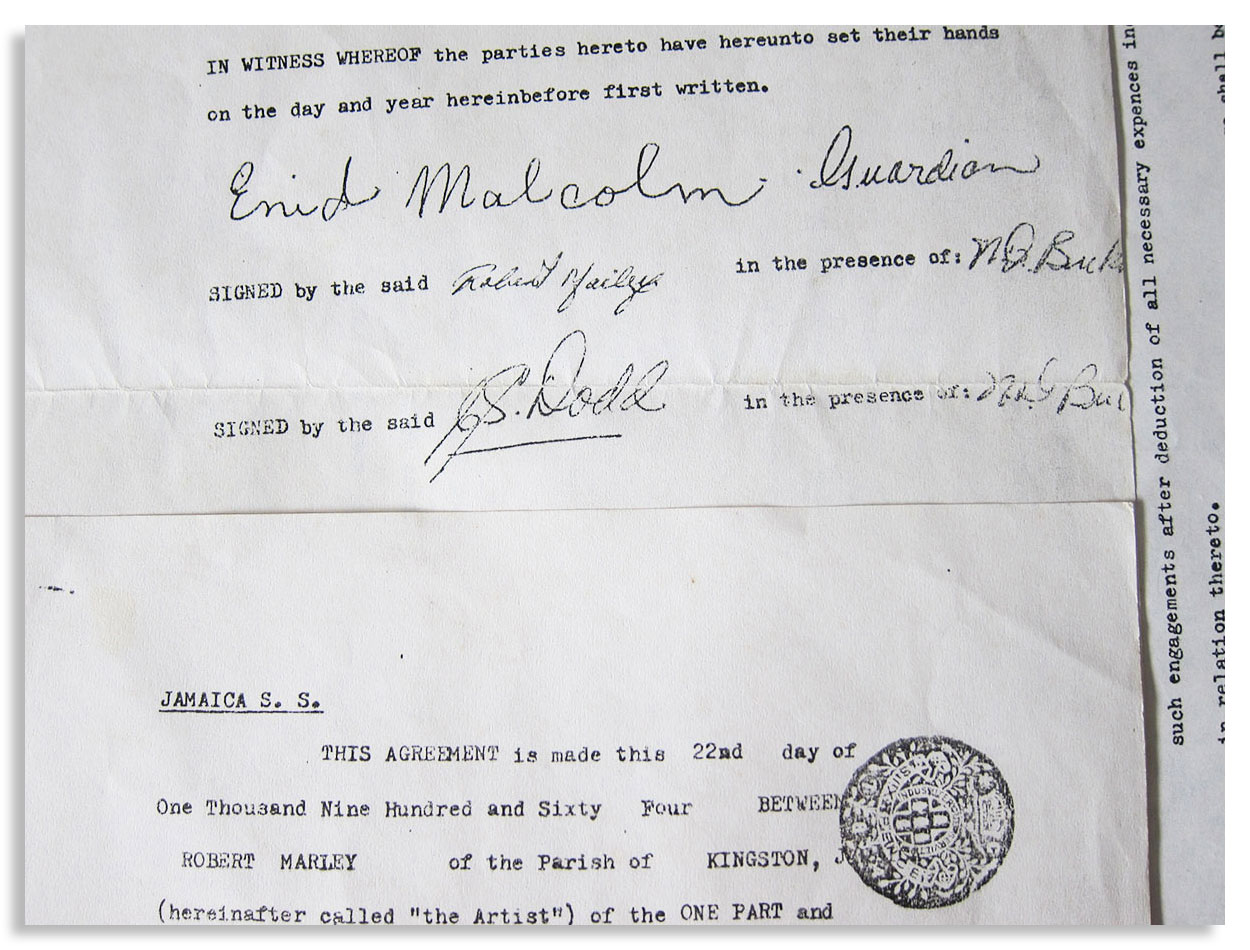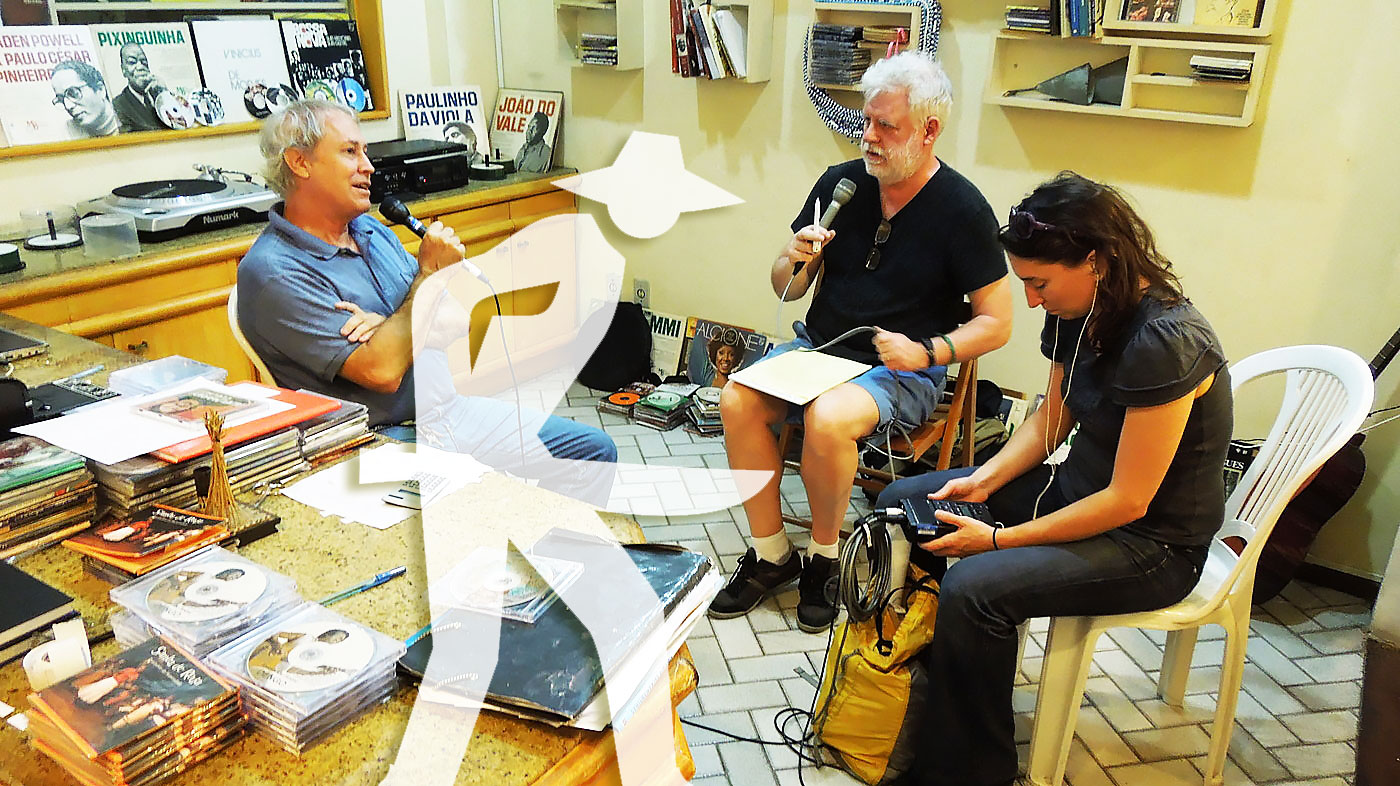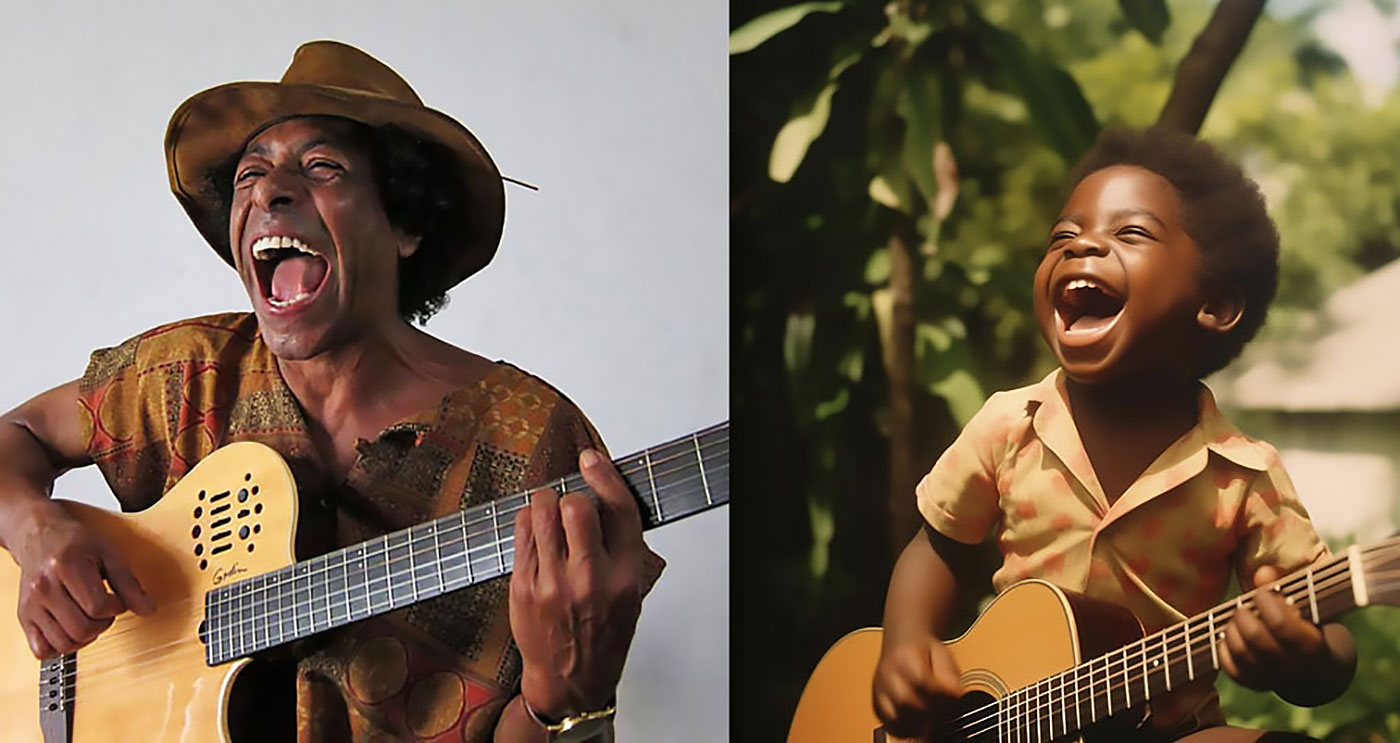CURATION
- from this page: by Matrix
Network Node
- Name: Mark Markham
- City/Place: New York City
- Country: United States
- Hometown: Pensacola, Florida
Life & Work
-
Bio:
Pianist MARK MARKHAM is widely recognized around the world as one of the great artists of his generation. His international career encompasses performances in North and South America, Europe, Asia, and the Middle East. Equally at home as a soloist, a collaborator with some of the finest singers in the world, a jazz pianist, or a vocal coach, his interpretations have been praised by the public and press alike. The Baltimore Sun recently praised his performance of Liszt and Chopin for his “big, rich tone,” “abundant power” and “sensitively using a wide palate of tone coloring.” His playing has been described as “brilliant”, “exquisitely sensitive”, and “in full service to the music”.
This season he is featured as soloist in Ravel’s Concerto in G and Gershwin’s Rhapsody in Blue with the Lincoln Symphony Orchestra under the direction of Edward Polochick. In Munich, he is the vocal coach for Bellin’s La Sonnambula, starring soprano Jennifer O’Loughlin. January includes a recital in Florence with mezzo-soprano Marianna Pizzolato, followed by recitals in Baltimore and Washington, DC with Metropolitan Opera soprano Leah Crocetto. In addition to these performances he maintains a vocal coaching studio in New York City and Baltimore. He will also give a master class for singers and pianists presented by the Art Song Preservation Society of New York in the spring. In the 2014-15 season he performed at Carnegie Hall with Jessye Norman, in San Francisco with Ms Crocetto, in Baltimore with mezzo-soprano Theodora Hanslowe, in Costa Rica with baritone Arturo Chacon and in Tokyo with Ms Pizzolato. This past summer he was the vocal coach for the recording and performance of Rossini arias of Ms Pizzolato at the Rossini in Wildbad Festival in Germany. In the 2013-14 season he presented solo recitals in the US and Europe, performed Prokofiev’s Third Piano Concerto with the Baltimore Concert Artists and gave recitals with Ms Norman and Ms Crocetto.
Born in Pensacola, Florida, Mr. Markham made his debut in 1980 as soloist with the New Orleans Symphony Orchestra and in the same year was invited by the renowned Boris Goldovsky to coach opera at the Oglebay Institute. His teachers at the time, Robert and Trudie Sherwood, were supportive of all his musical endeavors from solo repertoire, vocal accompanying, and chamber music to Broadway and jazz. During the next ten years as a student at the Peabody Conservatory, where he received bachelor’s, master’s, and doctoral degrees in piano performance, this same support for the diversity of his musical gifts came from Ann Schein, a pupil of the great Artur Rubinstein. While under her tutelage he won several competitions including the First Prize and the Contemporary Music Prize at the 1988 Frinna Awerbuch International Piano Competition in New York City.
He has given solo recitals at the National Gallery of Art in Washington, DC; the New York Public Library; the Baltimore Museum of Art; and the Getty Museum in Los Angeles. In 1987 Mr. Markham was appointed pianist of the Contemporary Music Forum of Washington, DC. During five seasons he gave numerous premiere performances at the Corcoran Gallery with this ensemble. This work led to other premieres throughout the US by composers Shulamit Ran, Larence Smith, and Richard Danielpour. Mr. Markham has also performed with the Brentano, Mozarteum, Glinka, and Castagnieri quartets and the Baltimore Woodwind Quintet, as well as with Edgar Meyer, Ron Carter, Grady Tate, and Ira Coleman. While still a student at the conservatory Mr. Markham toured with soprano Phyllis Bryn-Julson, a collaboration that resulted in critically acclaimed recordings of works by Messiaen, Carter, Dallapiccola, Schuller, and Wuorinen. In addition, he has toured the US, Europe, and Asia with countertenor Derek Lee Ragin.
Since 1995 Mr. Markham has been the recital partner of Jessye Norman, giving nearly 300 performances in over 25 countries, including recitals in Carnegie Hall, the Concertgebouw in Amsterdam, La Palau de la Musica in Barcelona, London’s Royal Festival Hall, the Musikverein in Vienna, the Salzburg Festival, Bunka Kaikan in Tokyo, Mann Auditorium in Tel Aviv, the Ancient Theatre of Epidaurus in Greece, and at the 2002 Nobel Peace Prize presentation to President Jimmy Carter in Oslo.
Much appreciated by the public for his improvisational skills, Mr. Markham performed at the Expo 2000 in Hannover, Germany, where he collaborated with Sir Peter Ustinov for a live television broadcast throughout the country. His gift for jazz has been recognized in the Sacred Ellington, a program created by Ms. Norman in which he serves as pianist and musical director and which has toured Europe and the Middle East. Most recently, his recording with Jessye Norman of “Roots: My Life, My Song” was nominated for a Grammy Award.
In 1990 Mr. Markham was invited to join the faculty of the Peabody Conservatory, where he served for ten years as vocal coach and professor of vocal repertoire and accompanying. He relocated to Europe for a decade, living in the South of France while maintaining a busy international schedule as a solo artist and collaborative partner with Ms. Norman, before returning to the United States in 2011.
A former faculty member of Morgan State University, the Britten-Pears School in England, and the Norfolk Chamber Festival of Yale University, he has presented master classes for pianists and singers throughout the US, Europe, and Asia and has been a guest lecturer for the Metropolitan Opera Guild and the Johns Hopkins University. Mr. Markham currently resides in New York City.
Contact Information
- Email: [email protected]
- Contact by Webpage: http://markmarkhampianist.com/contact/
Media | Markets
- ▶ Instagram: markmarkhampianist
- ▶ Website: http://markmarkhampianist.com
- ▶ YouTube Channel: http://www.youtube.com/@piano2661
My Instruction
-
Lessons/Workshops:
When you stop to think about it, a performing artist spends somewhere between two to three hours on the stage per performance. If you then start to add up the hours practicing and rehearsing over the years, you will see that those hours on the stage are minuscule by comparison. Then, if you factor in the hours to and from the airport, the packing and unpacking, the travel time and the amount of time waiting to travel, the percentage of that stage time diminishes even further.
Why do I mention this? We get the least amount of time to say on the stage what we have dreamed of in the music. If the preparation is not rock solid, then the foundation will shake under pressure, and believe me, there will always be surprises, at any level.
In my teaching, I work from the ground up. This does not mean that it is all that I do, however. If the sound does not portray something clear and focused, I go to the root of that problem and start the work from there. I do not teach with band-aids. My responsibility is to ensure that you are certain about what you want to say through music and to find the simplest way possible for you to arrive at that point. This is technique.
You will not be on the stage with your teacher. Your independence is paramount and this is my goal. There is nothing greater than being free on the stage. If you are this happy, just imagine how happy your public will be.
All musicians welcome!! - Instruction: http://[email protected]
Clips (more may be added)
The Matrix is a small world network. Like stars coalescing into a galaxy, creators in the Matrix mathematically gravitate to proximity to all other creators in the Matrix, no matter how far apart in location, fame or society. This gravity is called "the small world phenomenon". Human society is a small world network, wherein over 8 billion human beings average 6 or fewer steps apart. Our brains contain small world networks...
![]() Wolfram MathWorld on the Small World Phenomenon
Wolfram MathWorld on the Small World Phenomenon
![]() Matemática Wolfram sobre o Fenômeno Mundo Pequeno
Matemática Wolfram sobre o Fenômeno Mundo Pequeno
"In a small world, great things are possible."

It's not which pill you take, it's which pathways you take. Pathways originating in the sprawling cultural matrix of Brazil: Indigenous, African, Sephardic and then Ashkenazic, European, Asian... Matrix Ground Zero is the Recôncavo, contouring the Bay of All Saints, earthly center of gravity for the disembarkation of enslaved human beings — and the sublimity they created — presided over by the ineffable Black Rome of Brazil: Salvador da Bahia.
("Black Rome" is an appellation per Caetano Veloso, son of the Recôncavo, via Mãe Aninha of Ilê Axé Opô Afonjá.)
"Dear Sparrow: I am thrilled to receive your email! Thank you for including me in this wonderful matrix."
—Susan Rogers: Personal recording engineer for Prince, inc. "Purple Rain", "Sign o' the Times", "Around the World in a Day"... Director of the Berklee Music Perception and Cognition Laboratory
"Thanks! It looks great!....I didn't write 'Cantaloupe Island' though...Herbie Hancock did! Great Page though, well done! best, Randy"
"We appreciate you including Kamasi in the matrix, Sparrow."
—Banch Abegaze: manager, Kamasi Washington
"This is super impressive work ! Congratulations ! Thanks for including me :)))"
—Clarice Assad: Pianist and composer with works performed by Yo Yo Ma and orchestras around the world
"Dear Sparrow, Many thanks for this – I am touched!"
—Julian Lloyd-Webber: UK's premier cellist; brother of Andrew Lloyd Webber (Evita, Jesus Christ Superstar, Cats, Phantom of the Opera...)
"Thanks, this is a brilliant idea!!"
—Alicia Svigals: World's premier klezmer violinist
Developed here in the Historic Center of Salvador da Bahia ↓ .
![]() Bule Bule (Assis Valente)
Bule Bule (Assis Valente)
"♫ The time has come for these bronzed people to show their value..."
Production: Betão Aguiar
MATRIX MODUS OPERANDI
Recommend somebody and you will appear on that person's page. Somebody recommends you and they will appear on your page.
Both pulled by the inexorable mathematical gravity of the small world phenomenon to within range of everybody inside.
And by logical extension, to within range of all humanity outside as well.
MATRIX (PARDAL)
I'm Pardal here in Brazil (that's "Sparrow" in English). The deep roots of this project are in Manhattan, where Allen Klein (managed the Beatles and The Rolling Stones) called me about royalties for the estate of Sam Cooke... where Jerry Ragovoy (co-wrote Time is On My Side, sung by the Stones; Piece of My Heart, Janis Joplin of course; and Pata Pata, sung by the great Miriam Makeba) called me looking for unpaid royalties... where I did contract and licensing for Carlinhos Brown's participation on Bahia Black with Wayne Shorter and Herbie Hancock...
...where I rescued unpaid royalties for Aretha Franklin (from Atlantic Records), Barbra Streisand (from CBS Records), Led Zeppelin, Mongo Santamaria, Gilberto Gil, Astrud Gilberto, Airto Moreira, Jim Hall, Wah Wah Watson (Melvin Ragin), Ray Barretto, Philip Glass, Clement "Sir Coxsone" Dodd for his interest in Bob Marley compositions, Cat Stevens/Yusuf Islam and others...
...where I worked with Earl "Speedo" Carroll of the Cadillacs (who went from doo-wopping as a kid on Harlem streetcorners to top of the charts to working as a janitor at P.S. 87 in Manhattan without ever losing what it was that made him special in the first place), and with Jake and Zeke Carey of The Flamingos (I Only Have Eyes for You)... stuff like that.

Yeah this is Bob's first record contract, made with Clement "Sir Coxsone" Dodd of Studio One and co-signed by his aunt because he was under 21. I took it to Black Rock to argue with CBS' lawyers about the royalties they didn't want to pay (they paid).
MATRIX MUSICAL
I built the Matrix below (I'm below left, with David Dye & Kim Junod for U.S. National Public Radio) among some of the world's most powerfully moving music, some of it made by people barely known beyond village borders. Or in the case of Sodré, his anthem A MASSA — a paean to Brazil's poor ("our pain is the pain of a timid boy, a calf stepped on...") — having blasted from every radio between the Amazon and Brazil's industrial south, before he was silenced. The Matrix started with Sodré, with João do Boi, with Roberto Mendes, with Bule Bule, with Roque Ferreira... music rooted in the sugarcane plantations of Bahia. Hence our logo (a cane cutter).
A Massa (do povo carente) / The Masses (of people in need)

-
Add to my PlaylistA Massa - Raymundo Sodré (7,093 plays)
-
Add to my PlaylistSina de Cantador - Raymundo So... (6,909 plays)
-
Add to my PlaylistMagnetismo - Raymundo Sodré ... (6,353 plays)
-
Add to my PlaylistSacando a Cana - Raymundo Sodr... (5,957 plays)
-
Add to my PlaylistMêrêrê - Raymundo Sodré (5,465 plays)
-
Add to my PlaylistJardim do Amor - Raymundo Sodr... (4,677 plays)
-
Add to my PlaylistDebaixo do Céu - Raymundo Sodr... (4,151 plays)
-
Add to my PlaylistDesejo de Amar - Raymundo Sodr... (3,861 plays)
-
Add to my PlaylistOração pra Yá Oxum - Raymundo ... (3,741 plays)
-
Add to my PlaylistYá África - Raymundo Sodré (3,509 plays)
-
Add to my PlaylistMeu Rio, Cadê o Papel - Raymun... (3,177 plays)
-
Add to my PlaylistCasa de Trois - Raymundo Sodré... (2,896 plays)
-
Add to my PlaylistMulher é Laço que Prende o Coração do Vaqueiro - R... (2,556 plays)















































































































































































































































































































































































































































































